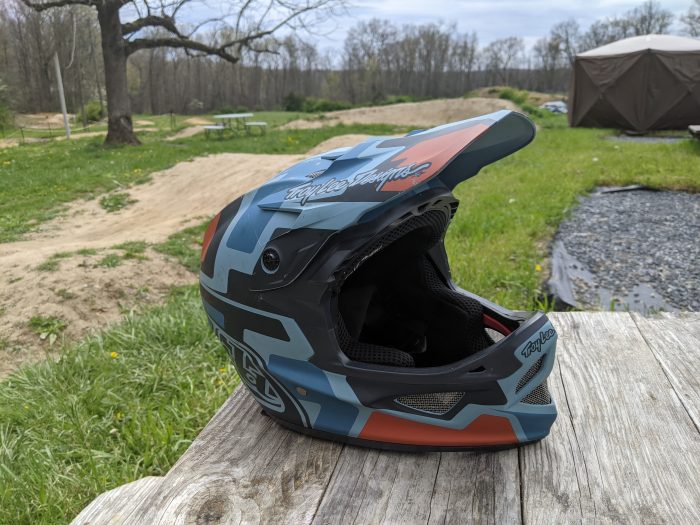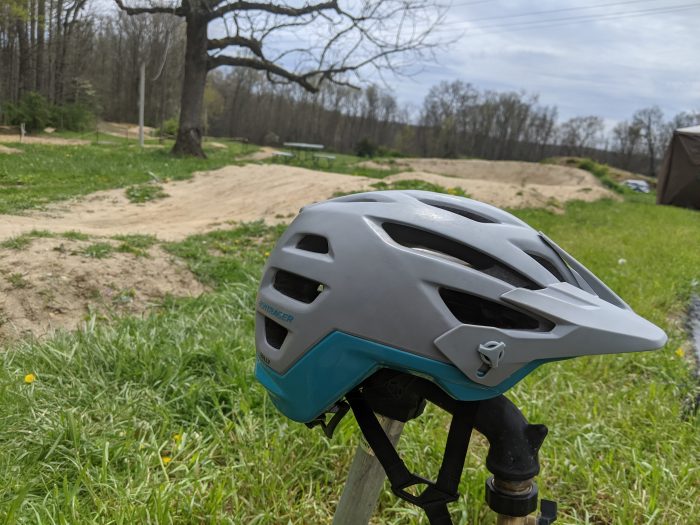Essential Saftey Gear for Mountain Biking Beginners
April 26, 2021
Intended outcomes: Reader will get an understanding on essential safety gear for getting into Mountain Biking.
Gear to Increase Safety
The most important part of a good ride is staying safe so you can ride again soon. In this post, we will talk about gear that is intended to increase safety while riding including helmets, pads and protection, gloves and glasses.
First, let’s start by talking about what protects the most important part of our body: our brain. A bike helmet is required to help manage risk while riding. All modern bike helmets need to pass safety standards determined by the Consumer Products Safety Commission, and most manufacturers recommend a five-year lifespan for bike helmets. Helmet makers have noticed that, over time, the foam can degrade from environmental factors. When I am picking out a new helmet I base my choice on three factors: type of riding, proper fit and safety features.
Helmets by Riding Style

Full Face Helmet 
Half Shell Helmet
Road Helmets- Helmets for road bikes will generally sit higher on the head and prioritize ventilation.
Mountain Bike Helmets- Mountain bike helmets are intended to provide more coverage on the back of the head and include a visor.
Proper Helmet Fit
All helmets will fit a little differently. Trying on multiple styles of helmets will help ensure you get one that is comfortable and has a good fit. When assessing the fit of a bike helmet there are four things we want to look for:
Eyes – We want to be able look up with our eyes and see the foam of the helmet. This will ensure that the helmet is at the proper angle to provide the most protection.
Ears – Check that the Y-straps on the sides of your helmet are connecting below your ear in a comfortable spot.
Mouth – Your chin strap should be tight enough for you to open your mouth and feel pressure on the top of your head from the helmet being pulled down.
Snug- The retention system on the back of the helmet should be snug enough to prevent the helmet from moving around on your head but not so tight that it is causing discomfort.
Mountain Bike Protection
Now that we’ve picked out our helmet, let’s assess the need for additional protection. The need for additional padding will be determined by the types of trails that you ride and how aggressively you ride. Riders of all levels will have different opinions about how much protection is required. Our goal is for you to make an informed decision about how well you protect yourself. In the table below, I have included recommendations on where your body should be protected and what level of protection is ideal.
High Priority
Medium Priority
Low Priority
Needs for additional protection based on trail type and riding level
| Trail Type | Less Aggressive Riders/Trails | More Aggressive Riders/Trails |
| Rail Trails | Little need for additional protection | Little need for additional protection |
| Cross Country | Knee | Knee, elbow |
| Trail | Knee | Knee, shin, elbow |
| Enduro | Knee, elbow, shin | Knee, elbow, shin |
| Downhill | Hard Knee, elbow, shin, chest, Full face helmet | Hard Knee, elbow, shin, chest, neck, full face helmet |
Gloves – Cycling gloves can be added for any rider that is looking for additional comfort on their rides. Gloves will primarily protect our hands from the grips themselves. They reduce the chance of blisters and unwanted hand pressure from spending a long time on the bike. In the event of a crash, they can also help prevent abrasions on your hands. Some gloves will have padding on the knuckles and fingers which can be great on tight trails when the chance of clipping a tree with your handlebars are higher. Wearing gloves is an easy and inexpensive first layer of protection.
Eyewear – Most of us only get one set of eyes, so it’s important that we protect them. Sunglasses or glasses with a lens that will protect your eyes from UV rays, branches hanging over the trail and dirt and rocks flung up by other riders are important for a safe ride. Depending on how shaded the trail is, any pair of securely fitting sunglasses will be better than nothing. If you are riding in lower light conditions yellow or clear lenses work really well.
Thank you for taking the time to learn more about how we can make mountain biking more safe! We talked about the importance of helmets, the different levels of protection that we will need based on riding level and trail type, gloves and eyewear. It’s important to note that all riders will prefer different levels of protection while riding and what works for one person may not work for another. Try out some options and protect yourself against the falls you are likely to take!
